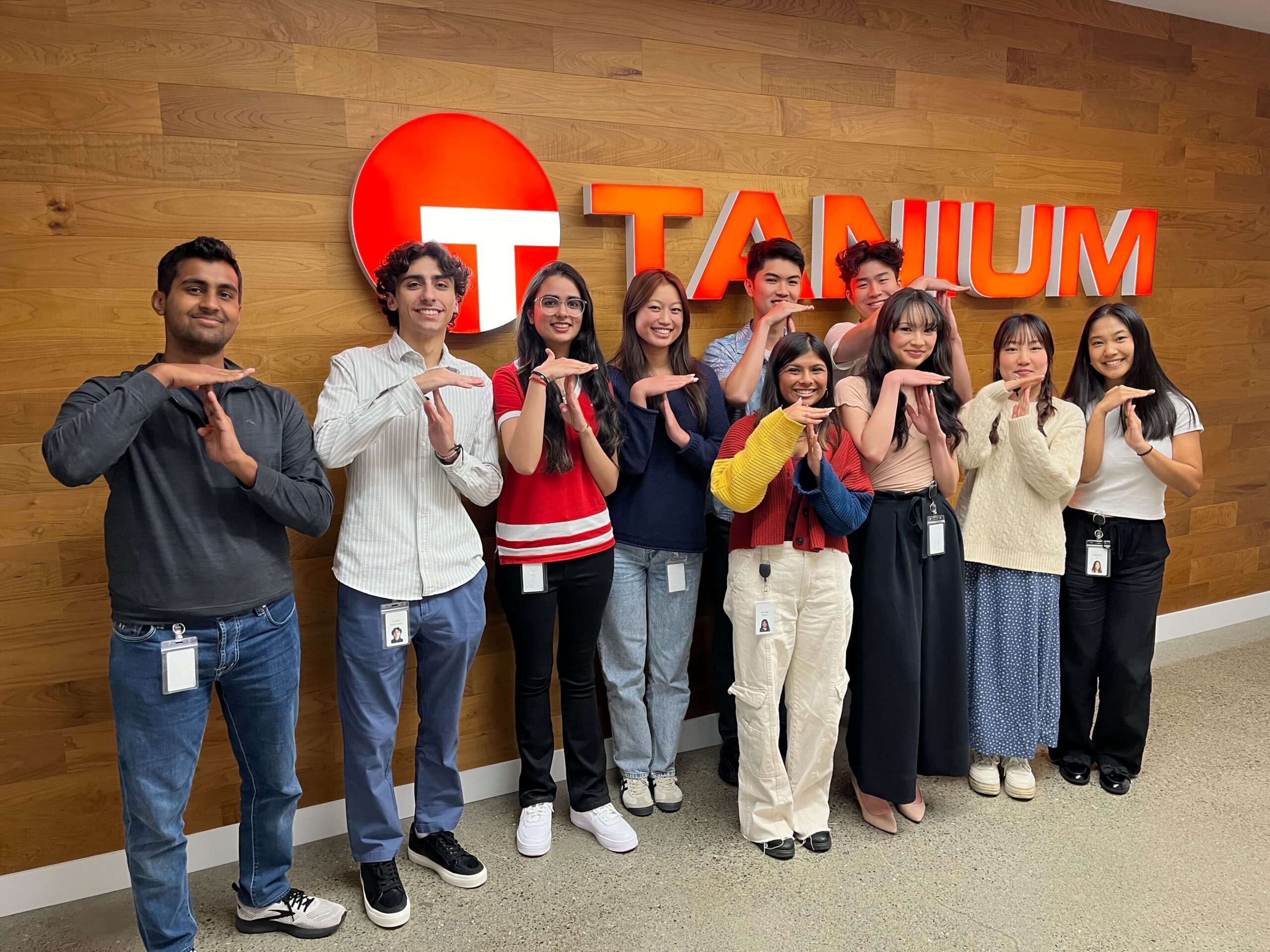The Not-So-Hidden Cost of Unpatched Devices
A patch management strategy that considers the risks, prioritizes critical patches and ensures timely deployment will reduce business disruptions, improve operational efficiency and create a competitive advantage
Patching is an essential part of maintaining the security and stability of any software or system. It involves applying updates and fixes to address vulnerabilities and bugs that could be exploited by attackers or cause issues in the system. Despite its importance, many organizations fail to patch their systems regularly, leading to hidden costs that can have a significant impact on their business. In this blog, we’ll explore the hidden costs of not patching and why it’s critical to prioritize this essential task.
- Increased risk of security breaches
Unpatched systems are vulnerable to known and exploited vulnerabilities, making it easier for attackers to gain access and compromise sensitive data or systems. Breaches can result in significant financial losses, damage to brand reputation, and legal liabilities. Not patching regularly is like leaving your front door unlocked, providing an open invitation to burglars. - Business disruptions
Unpatched systems can cause unexpected downtime, slow performance, or even system crashes, leading to productivity losses and potential revenue impact. Business disruptions can also have a ripple effect on customers, partners, and employees, impacting their ability to do business or access critical services. - Higher operational costs
Unpatched systems require more frequent maintenance, troubleshooting, and support, which can result in additional labor costs and downtime. In contrast, regularly patching systems can reduce the number of support tickets and troubleshooting, leading to more efficient and cost-effective operations. - Non-compliance penalties
Many industries have strict compliance requirements, such as HIPAA, PCI DSS, or GDPR, to protect sensitive data and privacy. Regular patching demonstrates a commitment to security and compliance and reduces the risk of regulatory violations. - Decreased competitive advantage
Customers, partners, and employees expect a secure and stable environment, and not patching regularly can make an organization less attractive to them. In contrast, regular patching can enhance an organization’s reputation, instill trust in its security practices, and provide a competitive advantage over competitors who do not prioritize security.
How a managed service provider can help
In conclusion, the hidden costs of not patching can have a significant impact on an organization’s security, operations, compliance, reputation, and competitive advantage. It’s essential to prioritize patching regularly and implement a patch management strategy that considers the risks, prioritizes critical patches, and ensures timely deployment. Learn how you can leverage a managed service provider (MSP) to manage your patching process. By doing so, you can reduce the hidden costs of not patching and create a secure, stable, and efficient environment.
Learn why organizations are choosing to buy Tanium as a managed service through a trusted partner, rather than managing it themselves. Read 5 Reasons to Consider an MSP for Converged Endpoint Management.




